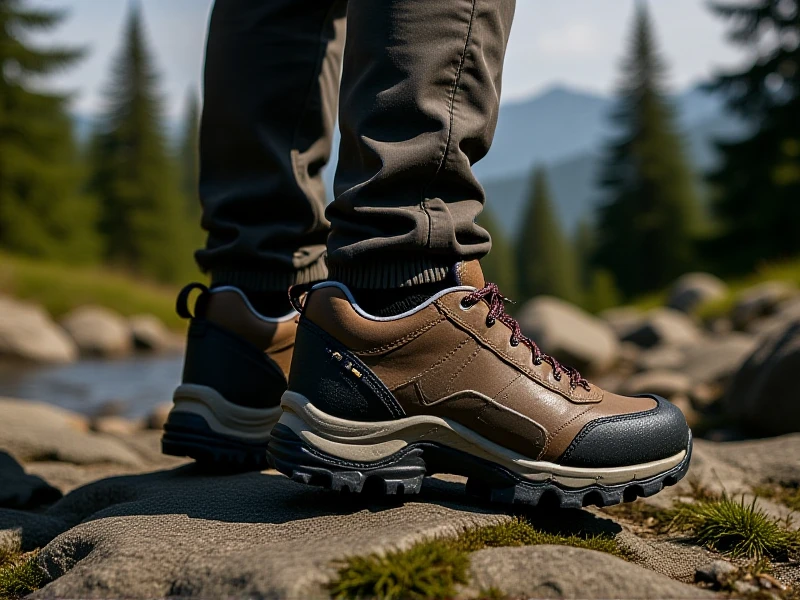
The Ultimate Trail Buddy: Your Guide to Finding the Best Hiking Shoes
Lacing up the right hiking shoes isn't just about comfort for your upcoming trek; it's about safety, performance, and truly enjoying the adventure underfoot. Choosing the perfect pair can transform a grueling slog into sheer trail bliss. Forget the heavy, rigid boots of the past (unless tackling serious mountaineering!). Today's best hiking shoes strike the ideal balance between lightweight agility and essential trail protection.
Why prioritize dedicated hiking shoes over regular sneakers? The answers lie in the rugged details:
- Superior Traction: Aggressive lug patterns on rubber outsoles - often featuring top-tier compounds like Vibram® - bite into loose dirt, scramble up rocks, and grip slippery surfaces, preventing slips and slides. Traction is non-negotiable when navigating varied terrain.
- Essential Protection: Sturdy toe bumpers shield your feet from impacting rocks or roots. Protective midsoles guard against bruising caused by sharp objects ("stone bruising"). These features provide crucial security where sneakers falter.
- Stability & Support: A well-designed midsole and supportive heel cradle minimize ankle rolling on uneven ground. Secure lacing systems lock your heel down, enhancing stability with every stride, especially when carrying weight.
- Weather Adaptability: Options abound! Non-waterproof models offer supreme breathability for hot, dry trails. Waterproof membranes like GORE-TEX® are lifesavers for wet conditions, keeping feet dry from morning dew or creek crossings.
- Durability: Built with tough, wear-resistant uppers (synthetic mesh, leather, or a blend) and reinforced wear zones, quality hiking shoes can withstand the constant abrasion of rocky trails far longer than standard shoes.
Choosing Your Perfect Pair: Hiking Shoes Guide
- Understand Your Use: Mostly groomed trails? Day hikes? Challenging rocky scrambles or multi-day treks? Your common terrain dictates the needed level of support, ankle coverage (low vs. mid), and durability.
- Prioritize Fit: This is paramount. Visit a specialty outdoor store later in the day when feet are slightly swollen, wear your hiking socks, and get properly measured. There should be about a thumbnail's width of space beyond your longest toe to prevent jamming downhill. Ensure no pinching or pressure points, allowing natural swelling during walks.
- Consider Water Needs: If trails are often wet or you hike in cooler seasons, waterproof hiking shoes are excellent. For hot, dry climates or minimal water exposure, focus on breathability instead.
- Assess Support: If carrying a heavy pack or prone to ankle rolls, consider mid-ankle hiking shoes or even boots for extra stability. For light loads and agile trails, low-cut trail runners or hiking shoes offer more freedom.
- Key Features: Look for secure lacing systems (like speed laces), protective toe caps, solid midsole cushioning (like EVA or PU), and quality, grippy outsoles.
Step Into New Worlds
Investing in the right hiking shoes is an investment in the quality of every hike. They are your direct connection to the trail, translating rough ground into secure steps and unlocking miles of potential. Take the time to find the pair that fits your feet and your adventures perfectly. Once you do, those paths less traveled become infinitely more inviting. Lace up with confidence and explore further!